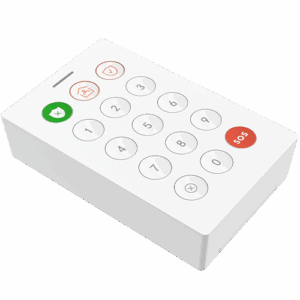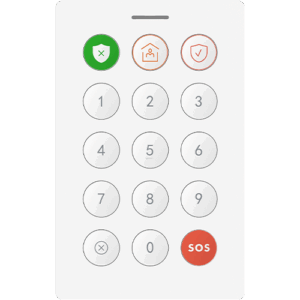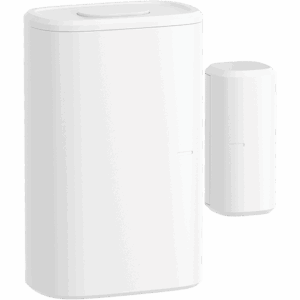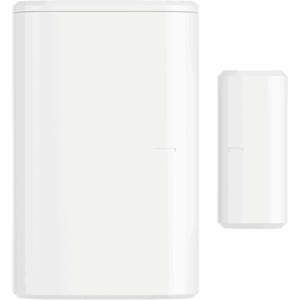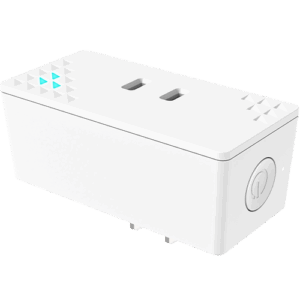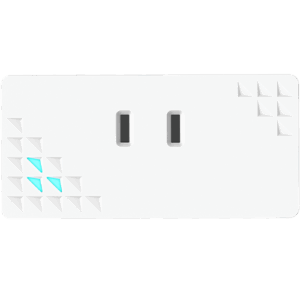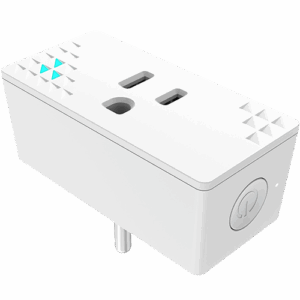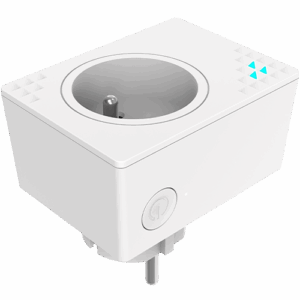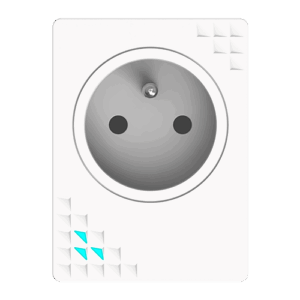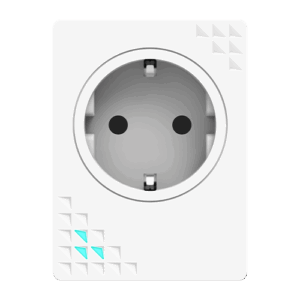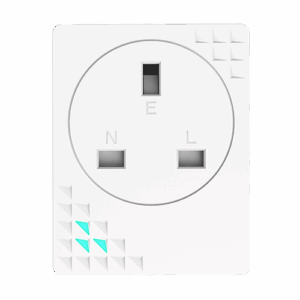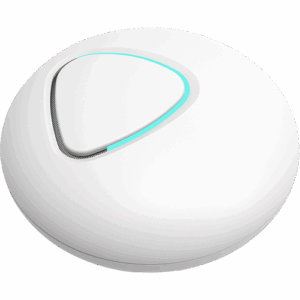Privacy by Design
Traditional Internet of Things (IoT) products present vulnerabilities: It has been estimated that in one 6-month period in 2021, there were 1.5 billion IoT attacks.
By deploying intelligent sensing technology, nami uses the power of Wi-Fi to detect human presence and movement. This means there is no need for direct line-of-sight sensing technologies, such as cameras which can present a privacy risk. There is no collection of personal information, nor is nami intrusive.
Non-Line-Of-Sight
We use Wi-Fi sensing to detect motion throughout the smart home or smart building. There is no requirement for individuals to be in front of cameras or sensors to detect motion.

No Microphones
Commonly, Internet of Things (IoT) devices listen in, and responds to human commands. Our intelligent sensing solutions do not include microphones, and cannot listen to or record the things you say. Our audio sensors only pick up and transmit alarms (such as CO and smoke alarms).

Sensing — Not Mapping
Our technology does not carry out spatial mapping of your home or building. All essential monitoring information is acquired through motion detection.

Granular User Access
At the heart of our intelligent sensing solutions is the nami app. It has different modes, ‘curator’, ‘family member’, and ‘steward’, to control the privileges of the user. Only the ‘curator’ has access to the settings, ensuring the protection of users’ privacy.


We Don't Monetize Data
Our business transforms smart homes and buildings into intelligent homes and buildings. We don’t collect personal data and we don’t sell data to third parties.
Encryption First
Minimizing the risk of a cyberattack or hacking is crucial for any Smart Home/Smart Building product. The algorithms that power our intelligent sensing algorithms are randomized code, which cannot be hacked. Furthermore, all sensing data is encrypted to reduce the possibility of attack.
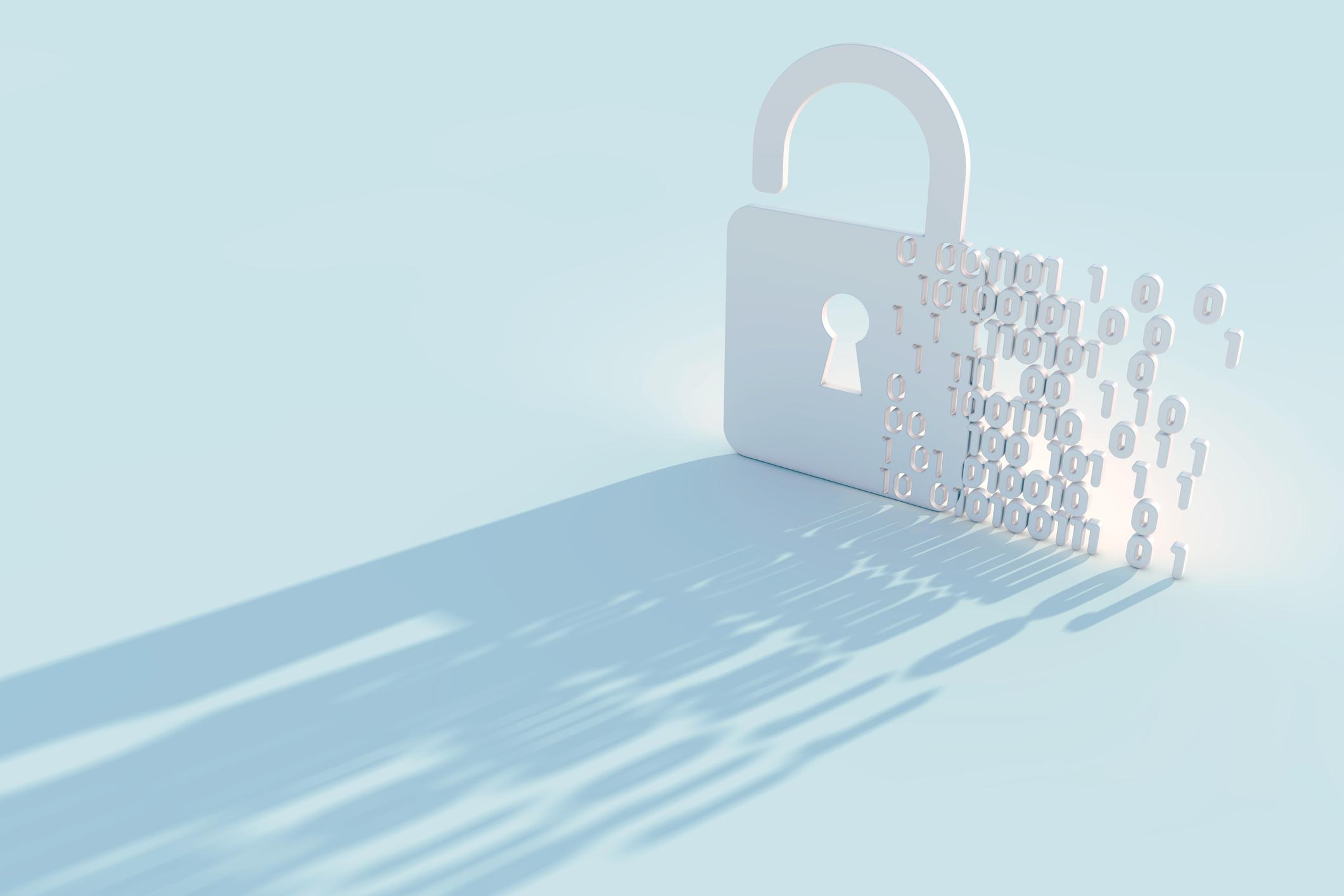
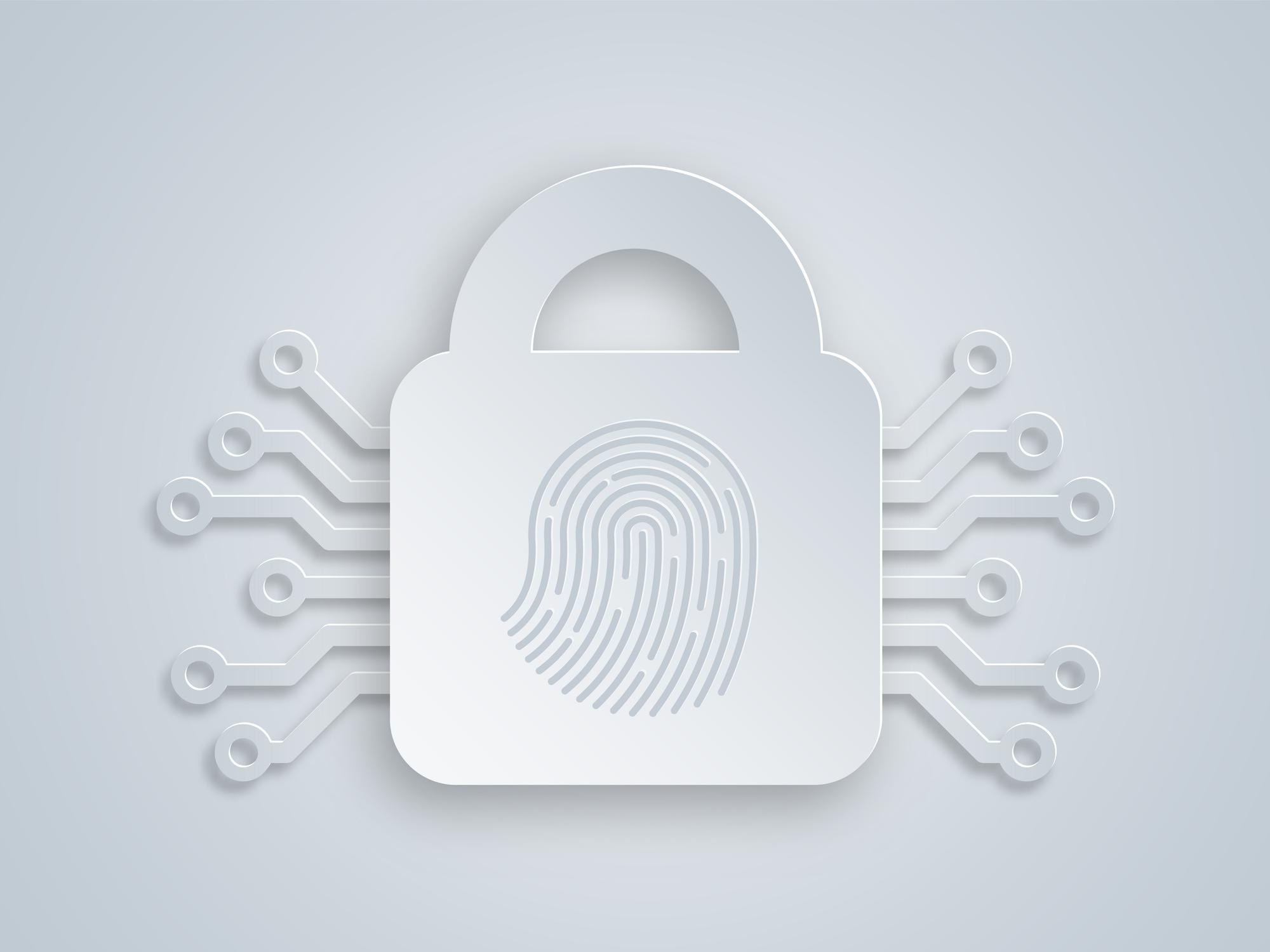
Compliance
Through encrypting our data, and not collecting any personal data, nami is in full compliance with the General Data Protection Regulation (GDPR) and the California Consumer Privacy Act (CCPA).



